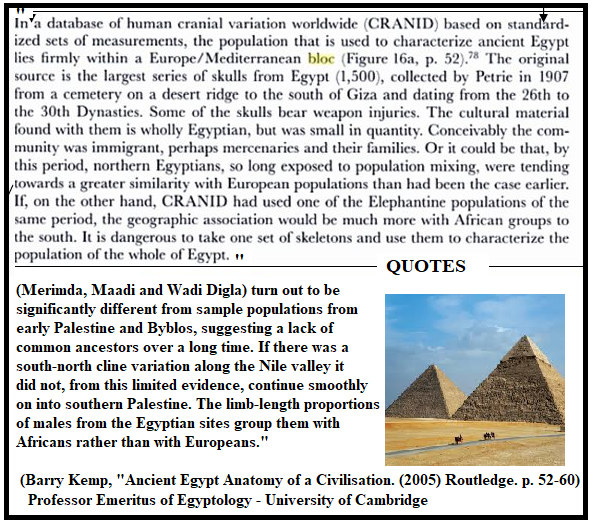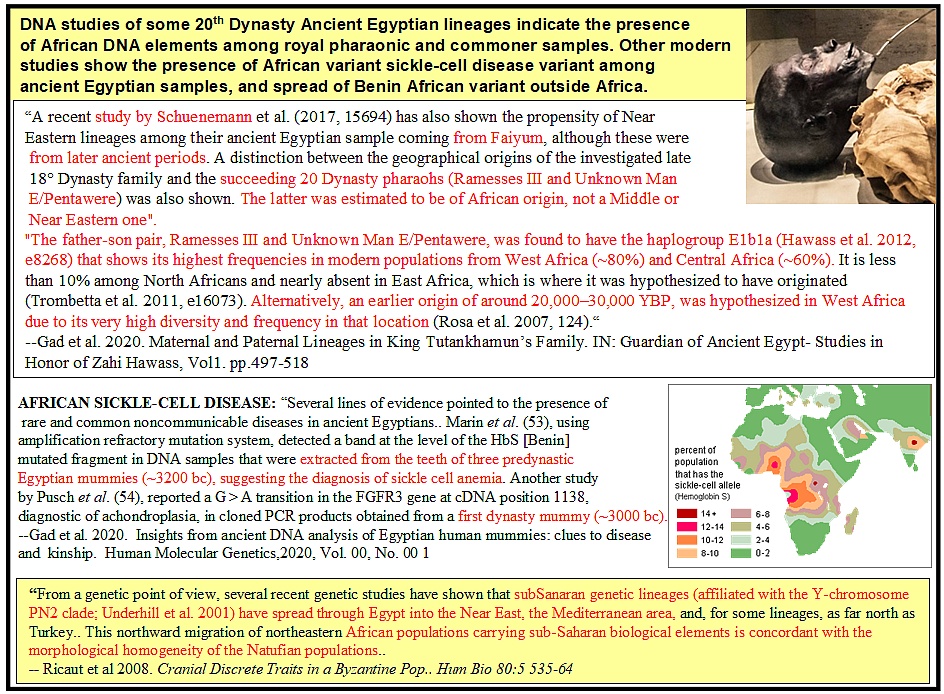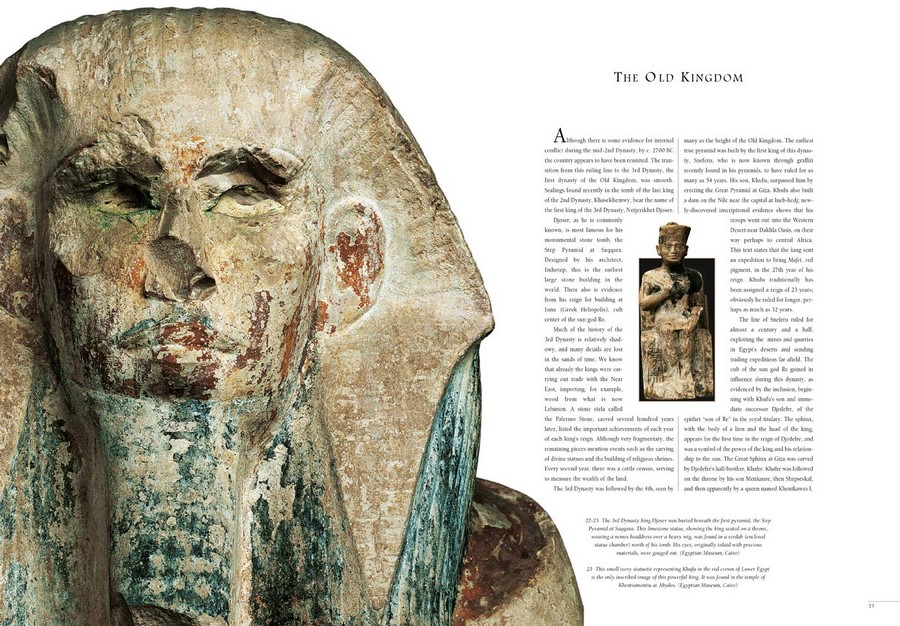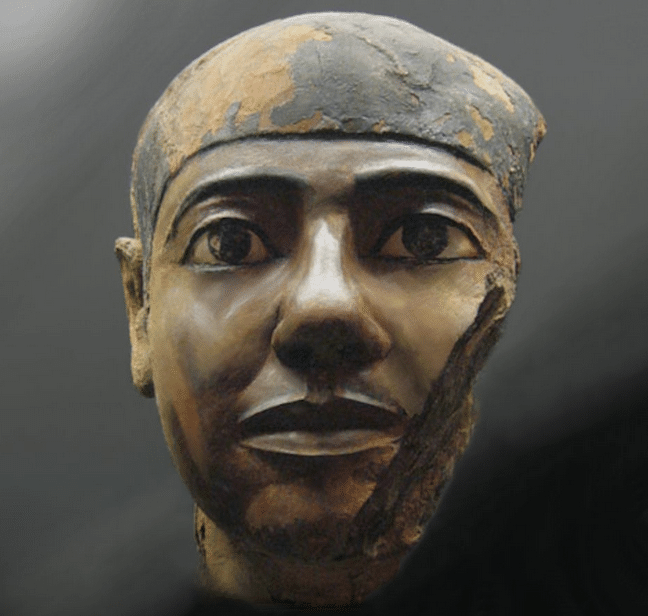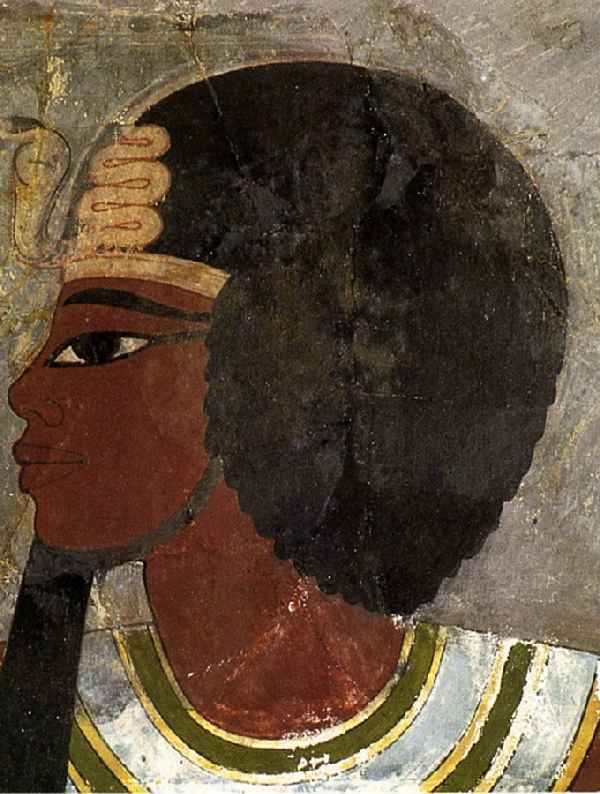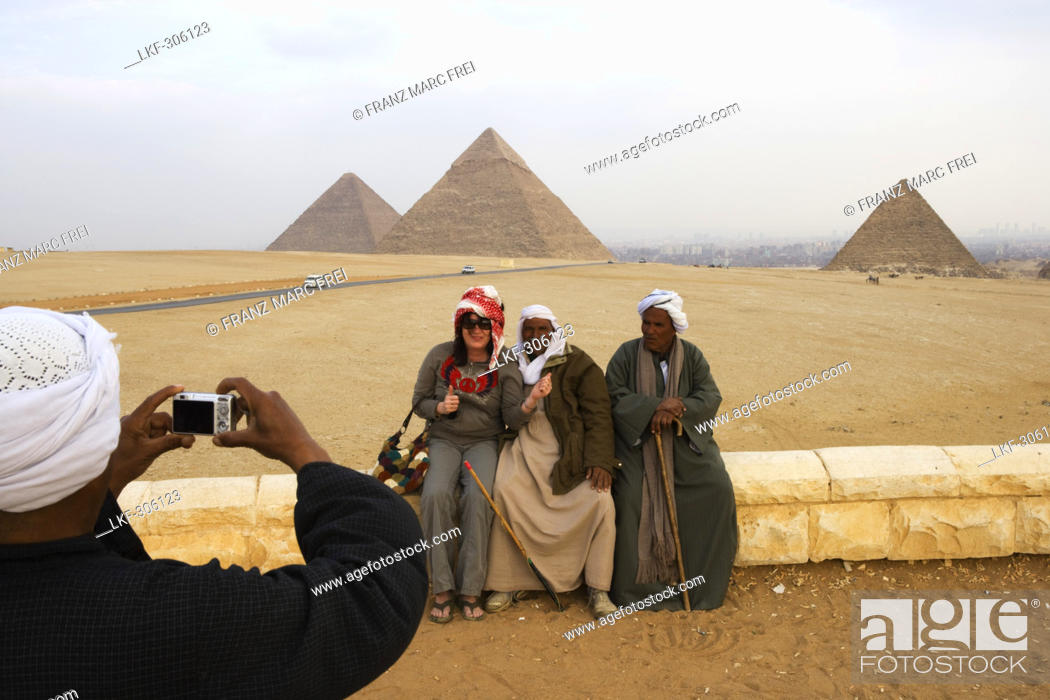Post by zarahan on Nov 16, 2019 22:16:08 GMT -5

Developed independently of the Babylonian or Indian versions of the notion of "zero"- the Ancient Egyptian variant
recognized the concept, had a sign for it, and applied it in engineering, administration and some geometry, scholars show.
QUOTE:
"However, in two other senses it may be argued, as Lumpkin (2002, pp. 161–67) has done, that the concept of zero was present in Egyptian mathematics. First, there is zero as a number. Scharff (1922, pp. 58–59) contains a monthly balance sheet of the accounts of a traveling royal party, dating back to around 1770 BC, which shows the expenditure and the income allocated for each type of good in a separate column. The balance of zero, recorded in the case of four goods, is shown by the nfr symbol that corresponds to the Egyptian word for “good,” “complete,” or “beautiful.” It is interesting, in this context, that the concept of zero has a positive association in other cultures as well, such as in India (sunya) and among the Maya (the shell symbol).
The same nfr symbol appears in a series of drawings of some Old Kingdom constructions. For example, in the construction of Meidun Pyramid, it appears as a ground reference point for integral values of cubits given as “above zero” (going up) and “below zero” (going down). There are other examples of these number lines at pyramid sites, known and referred to by Egyptologists early in the century, including Borchardt, Petrie, and Reiner, but not mentioned by historians of mathematics, not even Gillings (1972 ),who played such an important role in revealing the treasures of Egyptian mathematics to a wider public. About fifteen hundred years after Ahmes, in a deed from Edfu, there is a use of the “zero concept as a replacement to a magnitude in geometry,” according to Boyer (1968, p. 18)."
--George Gheverghese Joseph 2011. The Crest of the Peacock: non-European roots of mathematics. Princeton University Press. pp 86-87
"A bookkeeper’s record from the 13th Dynasty (about 1700 BC) shows a monthly balance sheet for items received and disbursed by the royal court during its travels. On subtracting total disbursements from total income, a zero remainder was left in several columns. This zero remainder was represented by the hieroglyph, nfr, which also means beautiful, or complete in ancient Egyptian. The same nfr symbol also labeled a zero reference point for a system of integers used on construction guidelines at Egyptian tombs and pyramids. These massive stone structures required deep foundations and careful leveling of the courses of stone. A vertical number line labeled the horizontal leveling lines that guided construction at different levels. One of these horizontal lines, often at pavement level, was used as a reference and was labeled nfr or zero. Horizontal leveling lines were spaced 1 cubit apart. Those above the zero level were labeled as 1 cubit above nfr, 2 cubits above nfr and so on. Those below the zero level were labeled 1 cubit, 2 cubits, 3 cubits, and so forth, below nfr. Here zero was used as a reference for directed or signed numbers. It is quite extraordinary that the Mesopotamian culture, more or less contemporaneous to the Egyptian culture and who had developed a full positional value numeration system on base 60 did not use zero as a number. A symbol for zero as a place-holder appeared late in the Mesopotamian culture."
-Trkh-e Elm. 2008. A Brief History of Zero. Iranian Journal for the History of Science, 6 (2008), pp. 37-48

The Greeks did not make use of the abstractions and practical application of the zero concept.
QUOTE:
"The early Greeks, who were the intellectual inheritors of Egyptian mathematics and science emphasised geometry to the exclusion of everything else. They did not seem interested in perfecting their number notation system. They simply had no use for zero. In any case, they were not greatly interested in “arithmetic, claiming that arithmetic should only be taught in democracies for it dealt with relations of equality”. On the other hand, geometry was the natural study for oligarchies for “it demonstrated the proportions within inequality.”
--Trkh-e Elm. A Brief History of Zero. Iranian Journal for the History of Science, 6 (2008), pp. 37-48
"It is generally agreed that the basic flaw holding back Greek culture was the utter lack of connection between science and practice. The results of science were not translated into practice, and practice made no demands on science, where by practice we mean of course applications of science in the service of society. It can be said that in ancient society we see no trace of science becoming a productive force. Mechanisms, no matter how ingeniously constructed, served purely for amusement or to impress or strike fear into the hearts of pious pilgrims in the temples. Even an outstanding product of ancient technology, the Antikythera mechanism, with its representation of cycles and epicycles, served only astrological ends.. The production of goods was increased not by the introduction of machinery, but by increasing the number of slaves [Santillana 1961]."
--Károly Simonyi and David Kramer 2012. A Cultural History of Physics, p 113
"Zero had no place within the Pythagorean framework.. Zero would punch a hole in the neat Pythagorean order of the universe, and for that reason it could not be tolerated."
--Charles Seife. 2000. Zero: The Biography of a Dangerous Idea
"We have much to thank the Greeks for. Still: the inheritance of Greece has also been a heavy burden on European science. For some of its important legacies to posterity had for many centuries a potently inhibitory effect on scientific thought and enquiry. I need mention only the survival throughout antiquity and the middle ages (almost, though not entirely, without opposition) of such powerful models in astronomy as that of the geocentric universe, or of the circular motions of the heavenly bodies; or of teleology in the biological sciences; or of certain Greek attitudes to work and to the translation of science into technology.“
-- Sabetai Unguru ed. 1991. Physics, Cosmology and Astronomy, 1300-1700: Tension and Accommodation.
"In the Greek scale of values the theorist was always superior to the technologist, and although this ideology did not completely prevent the practical application of scientific discoveries, it certainly inhibited it. and acted as an important barrier to the cross-fertilisation of different intellectual disciplines."
--G. E. R. Lloyd. 1991. Methods and Problems in Greek Science: Selected Papers. p 140




